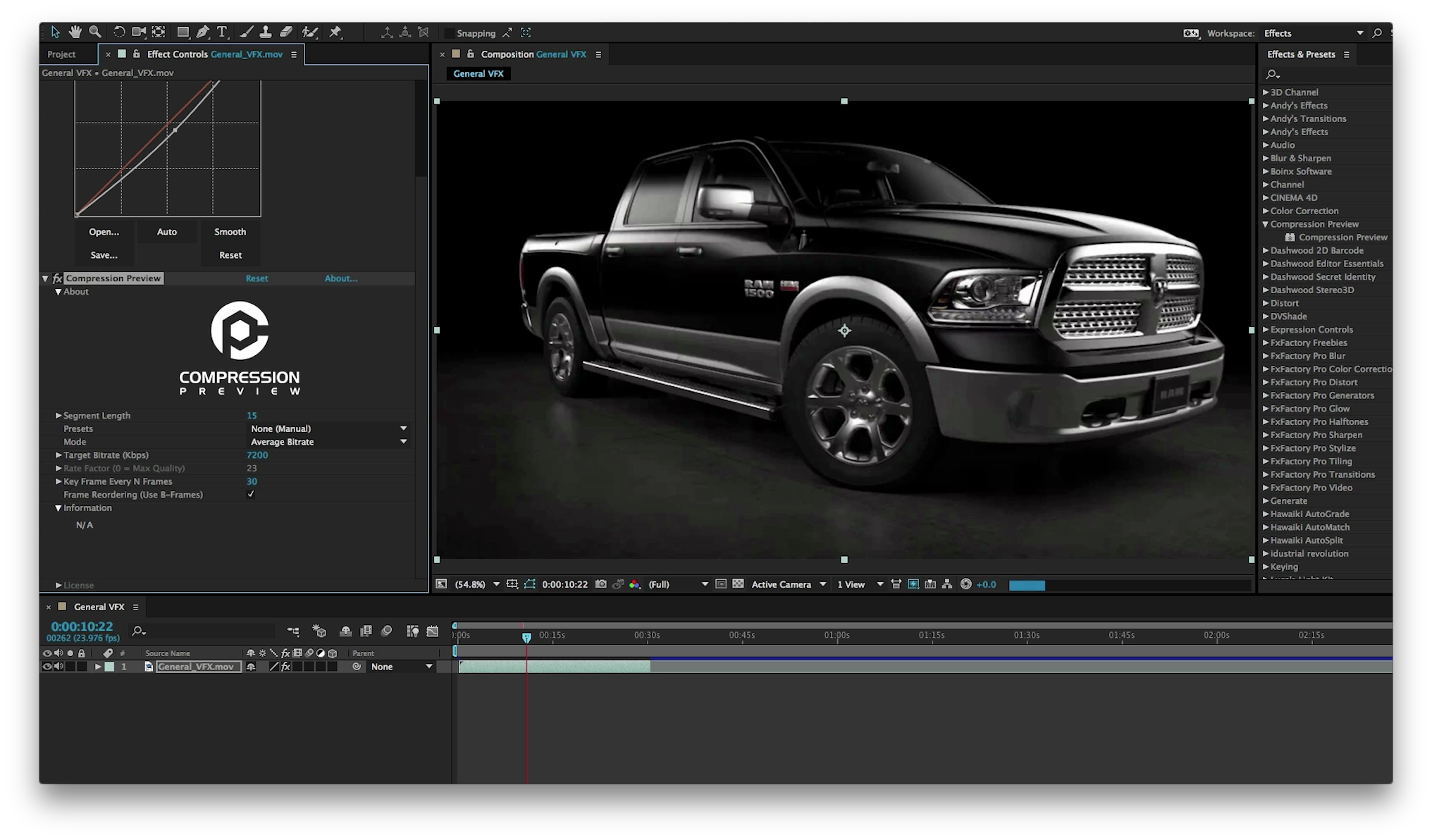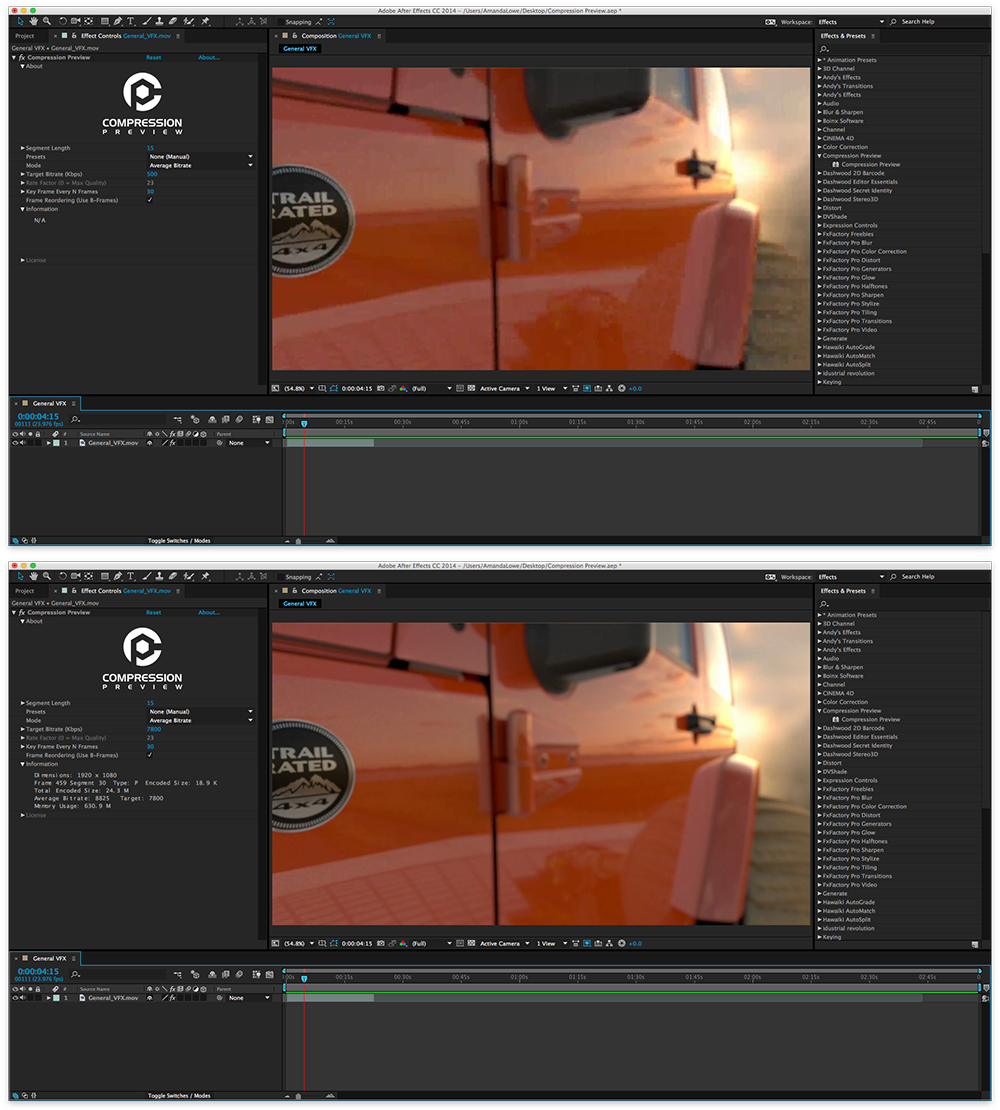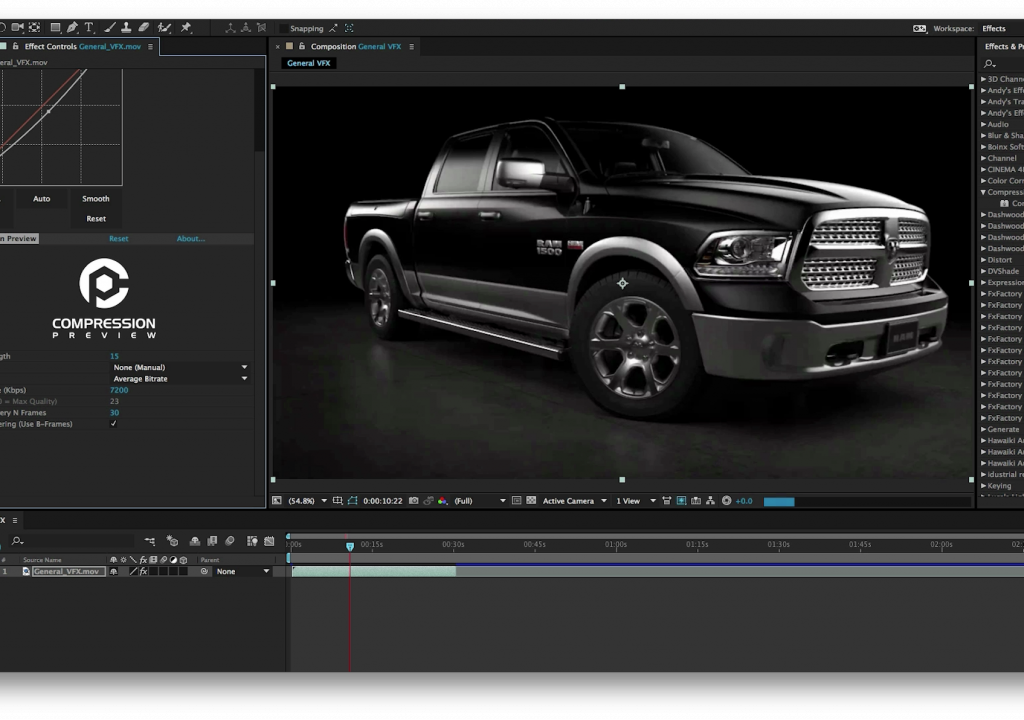
We wanted to get specific about how the plug-in can affect and change the way artists approach their work, so we talked with Brian Drewes, cofounder of ZERO. In the interview, he talks though the struggles he’s seen professionals deal with when it comes to rendering, how creativity and technology have become intertwined, the specific ways the plug-in can impact the way professionals work and plenty more.
Tell us about your newly formed software division, Code Zero Software. Why was this division formed?
When we started Zero VFX, we never thought of ourselves as just a visual effects company. We knew that we wanted to pursue a model of diversity, which is where sustainability comes from. Code Zero is an expression of that.
Code Zero is an incubator for tools and softwares with a focus on the visual image. We love the incubation model – it solidifies what we’ve always known- that we are a thriving visual effects company in a thriving software city (Boston).
You’ve just announced the new plug-in, Compression Preview, which is actually your second software product. Tell us more about your first effort, ZYNC Render. What kind of response did it receive?
Yes, ZYNC was our first effort; we built it as an in-house tool in 2010. We needed to grow our capacity but didn’t want the constraints of taking outside investment. When we decided to go to market with it, our basic concept was that owners and artists (like us) needed help dealing with the ebbs and flows of their projects. This is exactly the allure of the cloud – but getting renders to work in this environment is not a trivial task, especially in the context of a very active production pipeline. This was the genesis of ZYNC and a very warm reception in the industry.
Compression Preview enables After Effects artists to preview sequences prior to rendering and make tweaks and changes to the compression parameters to ensure the best possible end product. Is this something you found many people in the industry dealing with?
Pretty much everyone deals with compression at some point along the way and has been for some time now. What’s changed really is how much more the consumer sees the images we create in a compressed format- I take the subway to work and 7 out of 10 people are looking at their phones – many times passively watching media. And as artists and producers, we need to make sure, by whatever tools and say we have, that we’ve created work that will hold up the best it can in this context. Our tool gives artists a really ingrained and responsive way to immediately and visually see how their stuff holds up, and immediately evaluate their efforts to mitigate unwanted artifacts.

Before and after
How often have you run into banding and color shift issues with your renders?
These are super-common occurrences across pretty much all fields – you’ll encounter issues with banding in any subtle gradient whether it be in mo-graph or live-action footage. Color shifts really are noticeable and wash out in the deep, rich blacks as well. Many times you can deal with these things, but only if you have time. Most often it will get noticed only when you downconvert for delivery to the client – which is of course exactly the wrong time to see this as it’s generally your deadline as well. This causes delays, re-renders, angst, etc. Also, if it doesn’t get noticed, it will somewhere along the line and you’ll have to go back anyway.
You’ve mentioned that ZERO VFX exists at the confluence of creativity and technology…what sort of observations have you made about professionals and the industry as a whole from this perspective?
As a fairly new studio (5 years old now), outside the major hubs of visual effects but tackling big projects, we have a very interesting vantage point from which to observe what’s happening. Many of which encompass huge discussions too large to get into here, but one thing is certain: Your company’s creative output is directly proportional to the top to bottom toolsets you employ and really, at the end of the day we are judged by the quality of work on our reels and the overall client experience.
Moving forward, do you see creativity and technology continuing to be intertwined in this manner?
Absolutely. I see it getting really interesting especially as consumers are engaging with media in so many ways, this experience is going to really change the way in which we make images.
What other issues are you seeing professionals struggle with? And are you looking to resolve such problems with any of the new softwares you have in development?
I believe that intelligent data management and tools that aid good communication is a really fertile area. Softwares like F-Track, Shotgun, Cinesync, etc have proven this and we are in development for a complimentary service. We have a couple of other tools that are more task-specific, much like Compression Preview, but I don’t want to give away all our secrets yet.
No matter what, it’s part of the Code Zero ethos that Phase 1 of our development always starts in our wheelhouse, which is visual effects. We iterate very very quickly, engineers and artists side by side, to solve problems and get the bones of the tool in place. Phase 2 is when we build up the ‘product’, with a dedicated development and go-to-market team – it’s in this Phase 2 where we will transition softwares into ones that resonate with broader audiences well beyond the visual effects industry.
What would you say to a professional or company that uses After Effects on a regular basis, but isn’t sure how Compression Preview could or would help them?
I would encourage them to check out our website (http://compressionpreview.com/) and spend 90 seconds watching the demo, or check it out below. It’s no doubt they’ve encountered situations and wasted a ton of time that would have been avoided had our software been available to them earlier.


